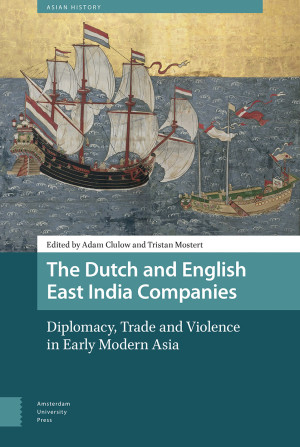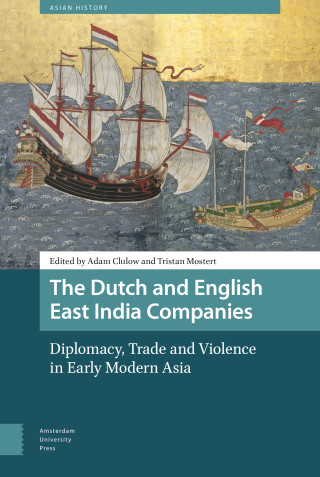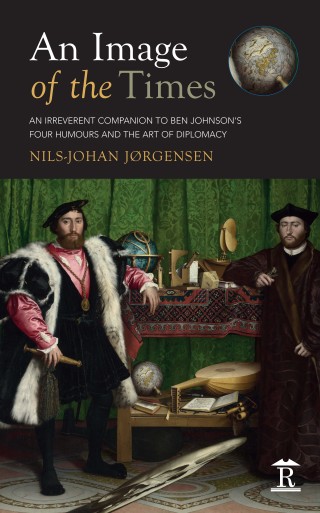The Dutch and English East India Companies were formidable organizations that were gifted with expansive powers that allowed them to conduct diplomacy, wage war and seize territorial possessions. But they did not move into an empty arena in which they were free to deploy these powers without resistance. Early modern Asia stood at the center of the global economy and was home to powerful states and sprawling commercial networks. The companies may have been global enterprises, but they operated in a globalized region in which they encountered a range of formidable competitors. This groundbreaking collection of essays explores the place of the Dutch and English East India Companies in Asia and the nature of their engagement with Asian rulers, officials, merchants, soldiers, and brokers. With contributions from some of the most innovative historians in the field, The Dutch and English East India Companies: Diplomacy, Trade and Violence in Early Modern Asia presents new ways to understand these organizations by focusing on their diplomatic, commercial, and military interactions with Asia.





